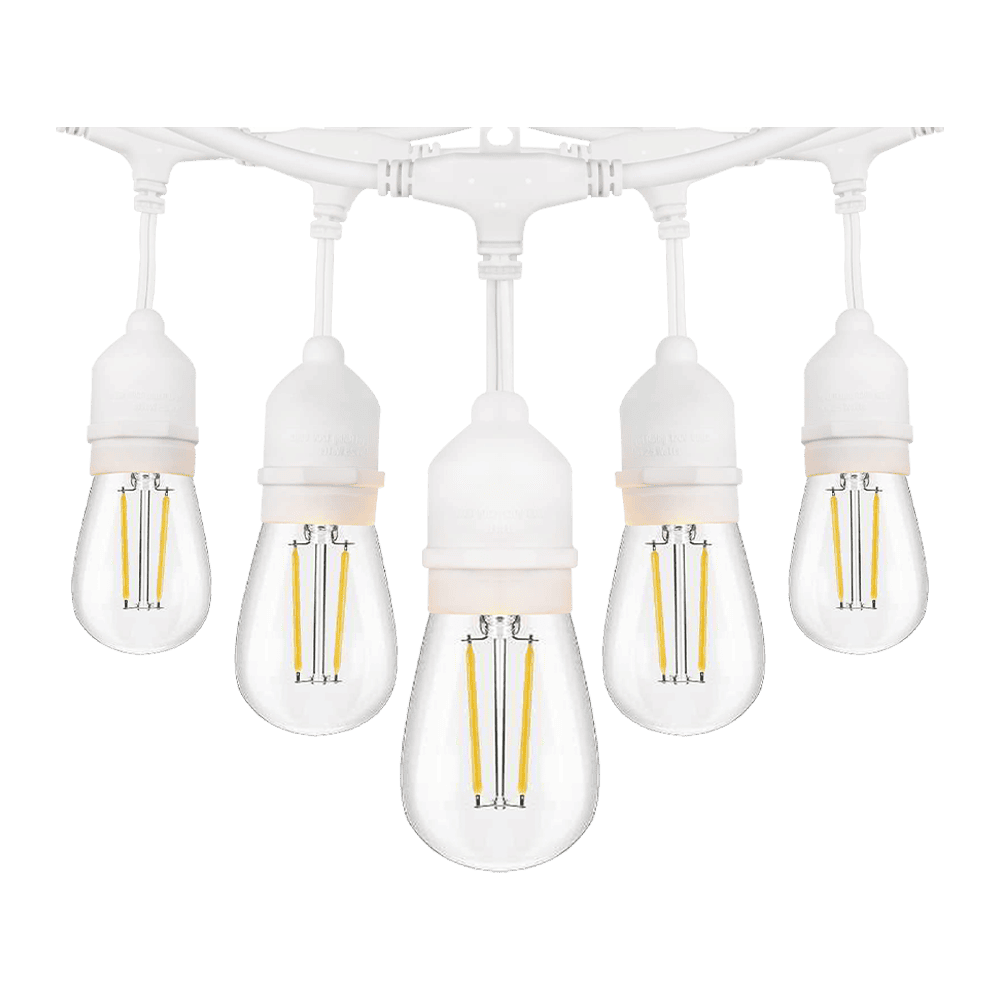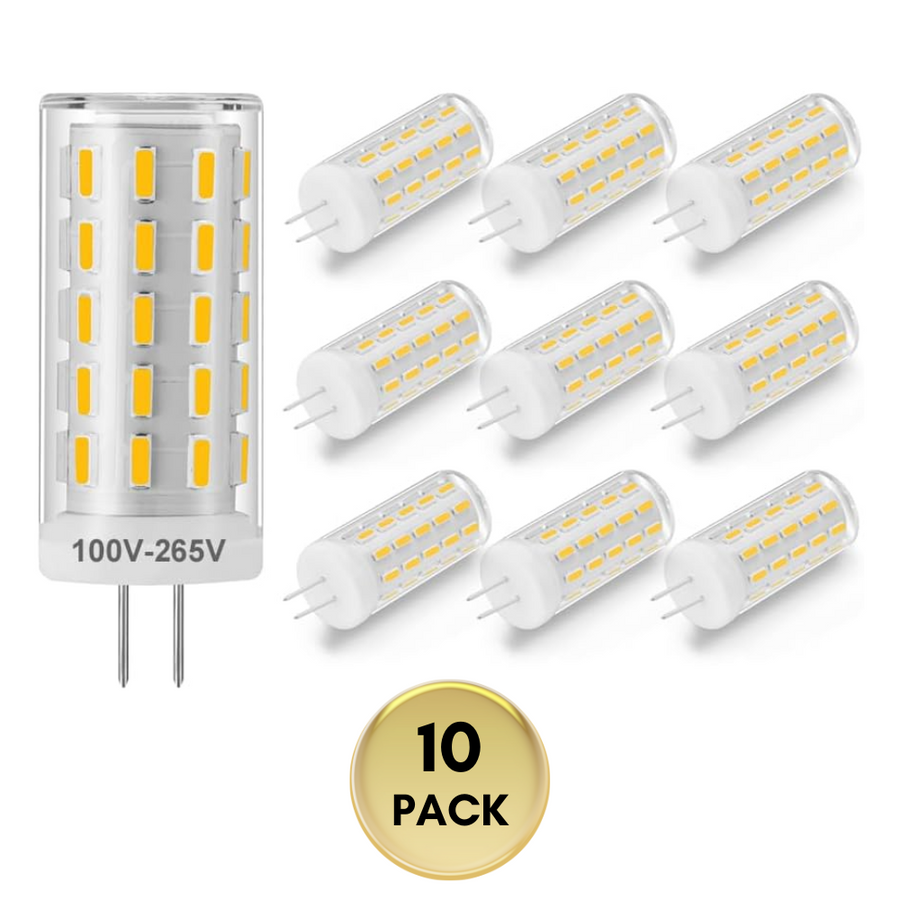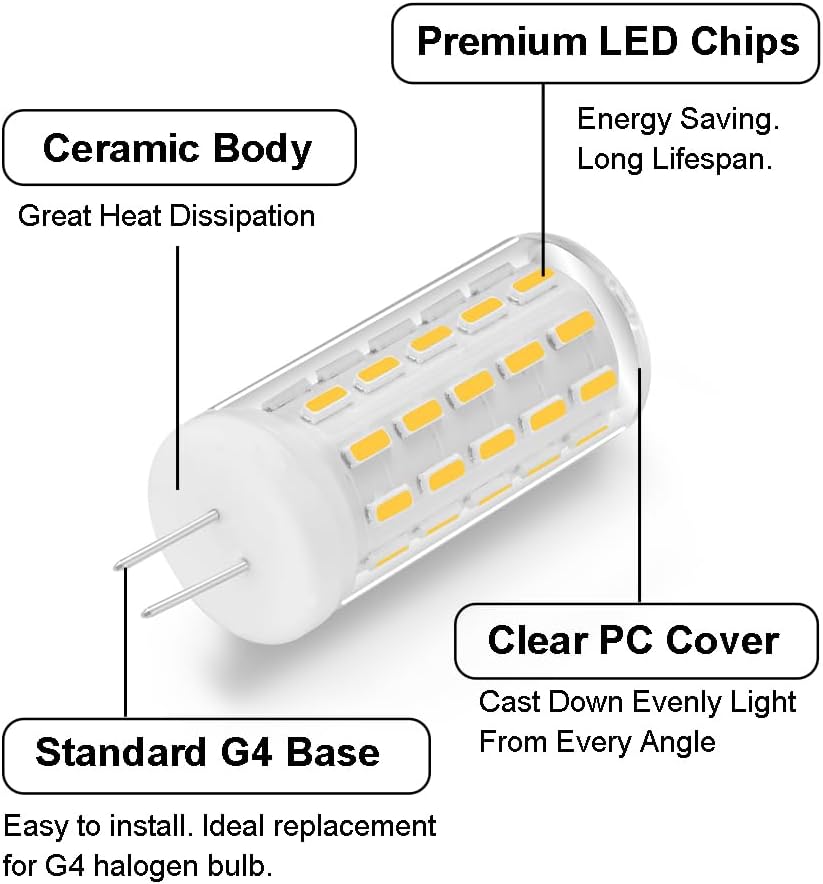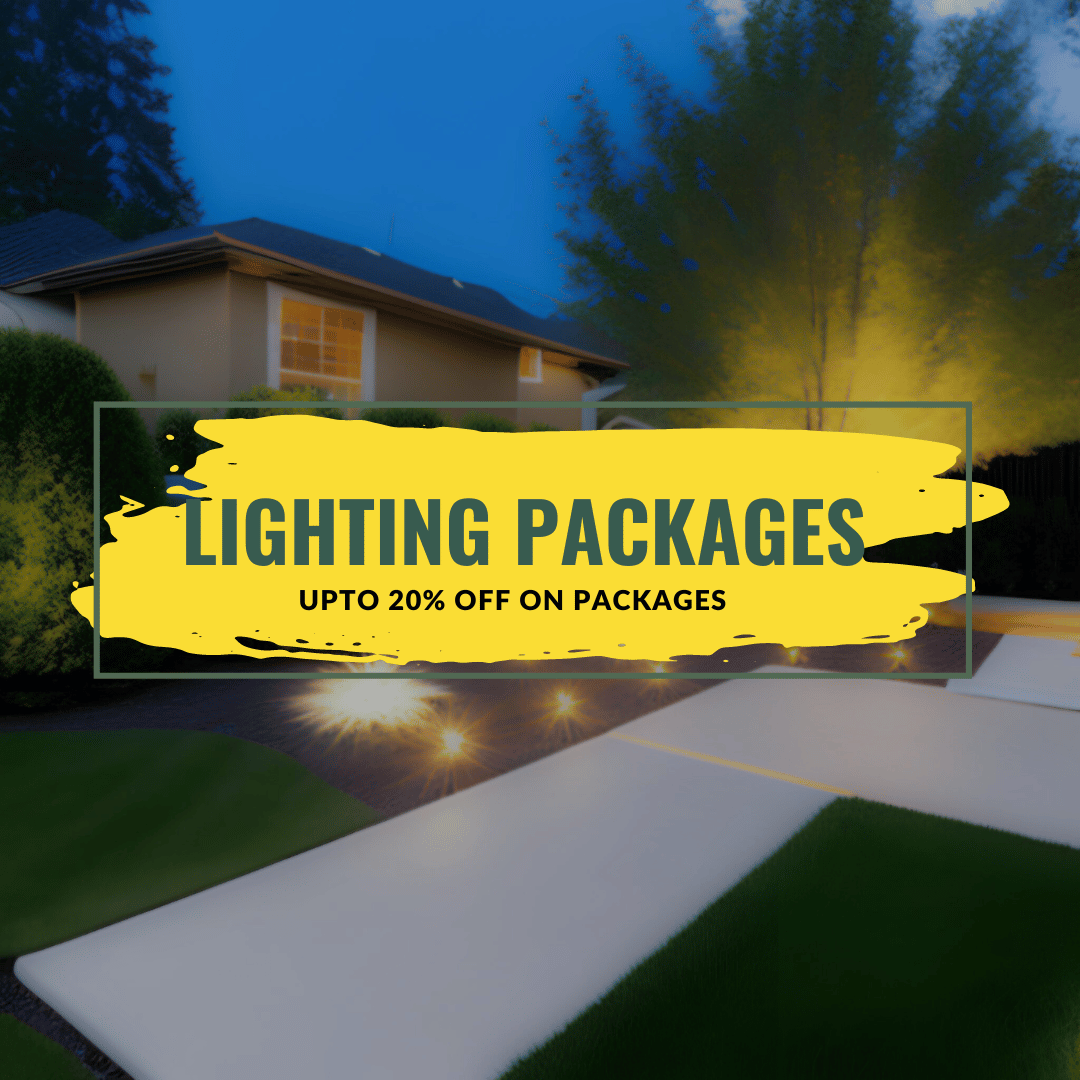5 Basic Myths About Outdoor Lights
You'll gain more security when you add outdoor landscape lighting to improve the appeal of your property. However, a lot of American homes are reluctant to install outside lighting because of widespread misconceptions. Installation of outdoor lighting is the subject of numerous myths. By looking at the top five misconceptions and skepticisms around outdoor lighting, these can be addressed.
List of five basic myths about outdoor lights are listed below.
1. More lights are better.
Reality: Having basic outdoor landscape lighting is more practical.
Controlling the brightness of the lights is one of the best features of outdoor lighting systems. However, excessive brightness is harmful to both the environment and your neighbors. You can install lights that are sensor-controlled and fully programmable with the assistance of qualified landscapers.
Additionally, you'll see that your backyard's features become more obvious when the degree of light in the area lowers. For instance, if the lighting is inadequate, you won't be able to view your patio furniture or outdoor eating area. You might not be able to read your books outside if they are too bright. Consider installing some low-light landscape lights if you want to enhance the natural beauty of your backyard.
In order to make your backyard more visible at night, you may also utilize low-light landscape lights. It's crucial to keep in mind that when planning how to light your garden, you should think about both safety and beauty. Otherwise, you risk tripping over a rock or high spot. For each yard, the ideal outdoor lighting setup is essential. Getting expert assistance is the best way to ensure that you select the ideal outdoor lighting system for your backyard. In addition to seeking professional assistance, conducting research is essential.
2. DIY Lighting Installation Is Less Expensive Than Professional.
Reality: DIY outdoor landscaping installation projects could save you money up front, but they could also cost you more in the long run.
Outdoor lighting calls for knowledge, accuracy, and specialized equipment. If you do it yourself, you'll frequently get a bad fit that needs to be fixed. Reinstallation after DIY is not uncommon. You may enhance your outdoor lighting experience in a number of ways. One method to maximize the advantages of your outdoor lighting is to seek the assistance of an expert.
Your landscaping project will likely take up a significant portion of your home renovation budget, so you want to hire a knowledgeable expert. They also possess the necessary tools and know-how needed to deliver long-lasting outcomes and do the task quickly. Some landscapers can help you install and maintain lighting. This includes checking that your lighting is functioning properly and changing out burned-out lights. They have received special training in using the appropriate lightbulbs, sockets, and electrical connections for your house and landscaping.
DIY lighting installation is less expensive than hiring a pro. Installing your lights yourself is far less expensive than hiring a landscaper to do it for you. Additionally, hiring a landscaper to install your lights will cost you less money. For the majority of people, DIY simply isn't worth the risk unless they have.
3. The Lifespan of Outdoor Landscape Lighting is Limited.
Reality: The lifespan of your installation of landscape lighting depends on the fixture material.
The lifespan will be significantly shortened if you employ inexpensive, low-quality materials. Ensure that the material you choose will lengthen the fixture's lifespan. Cast brass, copper, and aluminium are widely accessible, long-lasting materials.
LED lighting systems are proven to last for a very long time. In comparison to incandescent bulbs, low voltage lighting is more environmentally beneficial.
LEDs have a substantially higher energy efficiency than conventional light bulbs. They can be powered by battery packs or electrical sources. The greatest landscape lighting fixtures are composed of powder-coated aluminium or stainless steel. Both metals are strong, simple to maintain, and sunlight won't cause them to tarnish. If you want to spend some money, you may even utilize wood for your fixtures. Be sure to protect the wood by treating it with an outside paint or stain.
4. Outdoor lighting is expensive and has extra cost.
Reality: If you select a qualified and reputable lighting provider to install your outdoor lighting, it is inexpensive.
It's crucial to plan a budget for outdoor lighting installations if you want to maximize your investment. There are many different lighting options for your home, including step lights, string lights, and LED lights.
- Which lighting styles complement your home's design the best?
- What kind of wiring is required based on the lighting you've selected?
- How many lamps are there in your home?
Making sure you have a clear grasp of your landscaping requirements can help you prevent any unexpected costs and give you time to consider what is actually necessary. Professional landscaping companies have experts on staff that can provide the best outdoor lighting options for your landscape.
To make sure you won't have any trouble maintaining the outdoor lighting company you're thinking about for a long time, you should also confirm that they employ high-quality components. Utilizing high-quality components typically has a larger upfront cost than using low-quality ones, but the results will be worth it in the end. Or Ask your landscaper about the finest wiring techniques if you intend to install the lights yourself. The advice provided below can assist you in avoiding electrical wiring issues.
- Know how to use electricity
- Be knowledgeable about your landscape
- Ask your neighbors to keep away from electrical wiring
- If possible, have an electrician install the lights
- Always read and follow the manufacturer’s instructions for outdoor lighting installation
5. In the winter, outdoor lighting is less effective.
Reality: In freezing climates, outdoor lighting solutions, particularly LED, are effective.
This is a false assumption that is widely accepted. In many climates, outdoor landscape lighting actually performs better in the winter than in the summer. Since they are semiconductors, the outdoor landscape lighting operates just well in a colder atmosphere.
Your outdoor lights must be firmly installed in order for them to function properly. Your lights will be less effective and last less if you don't install them correctly. Some lighting fixtures are designed to be positioned in specific locations to draw attention to a building's best characteristics. Every homeowner should become knowledgeable about landscape lighting, especially given how much it can enhance the beauty of your property and give you a better overall sense of security and safety.
Do the winter months affect the effectiveness of outdoor lighting?
Why is this a false impression? There hasn't been any solid data to support the idea that outside lighting may perform less well throughout the winter. If it takes a few days or weeks, outdoor lighting may begin to operate less effectively, but it may resume normal operation in the months that follow. Outdoor lighting must be installed properly in order to create enough light to illuminate the area around the installation in order to give better lighting during the colder months.
Conclusion:
In conclusion, outdoor lighting is a terrific method to improve the landscaping around your home and to make it a secure and comfortable place for visitors and family members. Any home's outdoor environment can be enhanced by a variety of lighting fixtures, each of which can be managed by a switch or remote.
The fixtures may be attached to the house, deck, or both; they may also be positioned on posts or stumps. It is possible to wire the fixtures so that they turn on automatically or to use a timer to turn the lights on at night and off during the day. A well-lit path or pathway can increase safety and create a pleasant environment for visitors.










